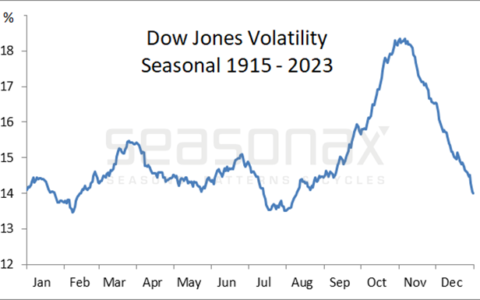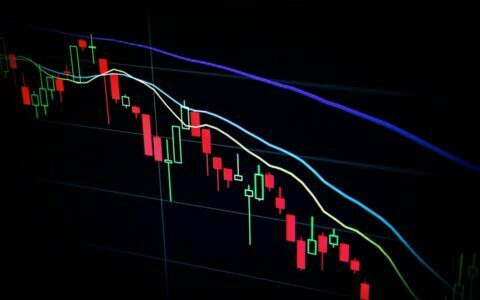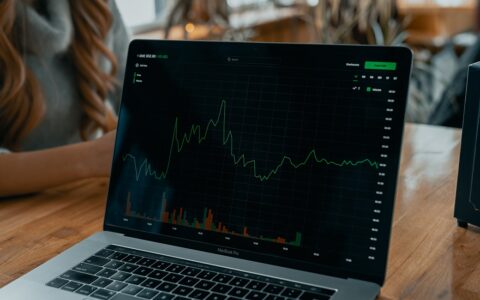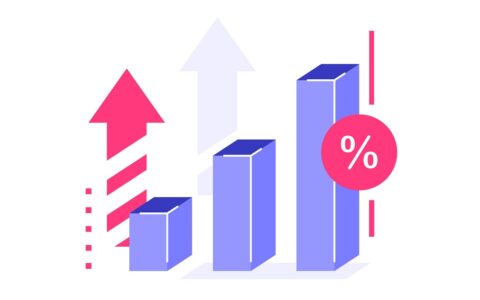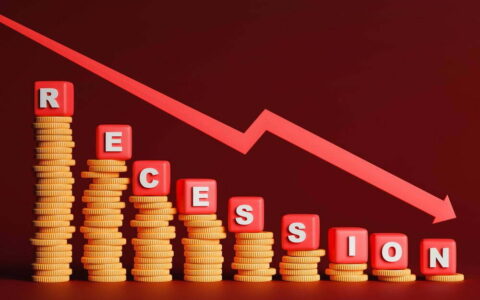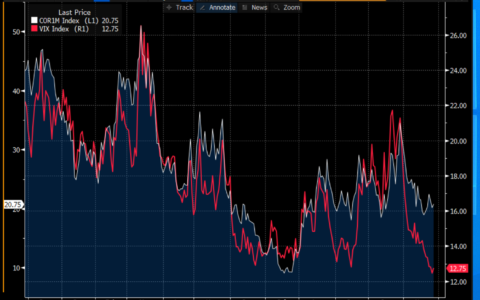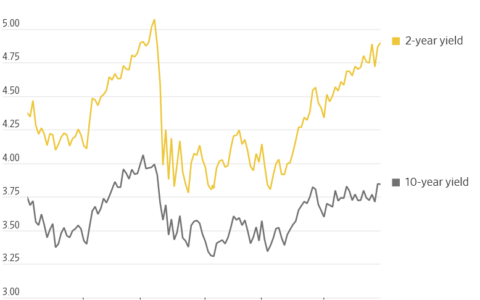Most of us perceive assets as tangibles – stocks, real estate, commodities – or intangibles that carry definitive value like bonds or other fixed-income products. However, there’s one asset class that often goes unnoticed or is not optimally managed – volatility. Until recently, even I, during my tenure as an options market maker, didn’t truly regard volatility as an asset class. Although it was integral to our myriad calculations, I viewed it as an external input affecting the values of equities, futures, and options we traded.

The shift in my perspective emerged as volatility-linked products broadened. Today, I find it apt to perceive financial assets as states of matter. Equities, real estate, commodities resemble solids, tangible and identifiable. Conversely, fixed-income and money-market products are akin to liquids, flexible and fluid in movement. Surprisingly, volatility mirrors the nature of a gas. Although invisible and elusive in its purest form, it is pervasive and unavoidable as it influences the price of every asset, subjecting them to inevitable fluctuations.
Volatility’s parallel to a gas extends to the fact that it serves as the lifeblood of options trading. It is as essential to traders as oxygen is to humans. Furthermore, each investor, like individuals adapting to varying altitudes, has a unique threshold for volatility. For example, a retiree needing immediate cash flow might prefer assets with negligible price fluctuations, whereas a risk-tolerant speculator might lean towards a volatile mix.
Managing volatility in your portfolio boils down to efficient adjustments. The fastest, albeit riskiest way to introduce volatility, is by adding leverage to the account. On the other hand, incorporating short-term fixed income has proven to be an effective method of reducing it. Thankfully, we now possess an arsenal of tools to directly invest in, trade, or hedge against market volatility.
Before managing volatility, it’s imperative to measure it. Options traders frequently rely on historical and implied volatility, both derived from the concept of standard deviation, which measures a security’s return dispersion from its average. While historical volatility uses past data, implied volatility represents the market’s anticipation of future volatility up to an option’s expiry date. Savvy investors capitalizing on high-volatility periods might consider writing covered calls or puts against their positions. Conversely, those expecting underestimated volatility might choose to buy options.
These strategies work well for individual stocks and are applicable to industry groups or the overall market with options on indexes and exchange-traded funds. With the advent of futures and options on the Cboe Volatility Index (VIX), Nasdaq’s VOLQ, and MIAX’s Spikes, investors can now directly hedge or speculate on volatility.
Despite recovering from multiyear lows, the VIX currently stands well below its long-term average at 13.54. Investors speculating an underpricing of volatility resulting from the upcoming second-quarter earnings season or the Federal Reserve meeting on July 25-26 might consider a specific strategy. They could buy VIX 14.5 calls and sell 17 calls expiring on August 2 for a total of 75 cents. The vertical spread would be worth $2.50 if the VIX surpasses 17, a level seen as recently as last week, upon expiration.
In conclusion, recognizing and efficiently managing volatility as an asset class can unlock an added layer of portfolio optimization. Like a pervasive gas, volatility’s presence is felt throughout the financial markets. Learning to navigate its currents, harness its energy, and adapt to its shifts can open new avenues of risk management and potential profit, turning the once-feared volatility into an ally in your investment journey.
By: Steve Sosnick (Chief Strategist)
Author:Com21.com,This article is an original creation by Com21.com. If you wish to repost or share, please include an attribution to the source and provide a link to the original article.Post Link:https://www.com21.com/managing-the-intangible-asset-a-deep-dive-into-volatility-as-an-asset-class.html


